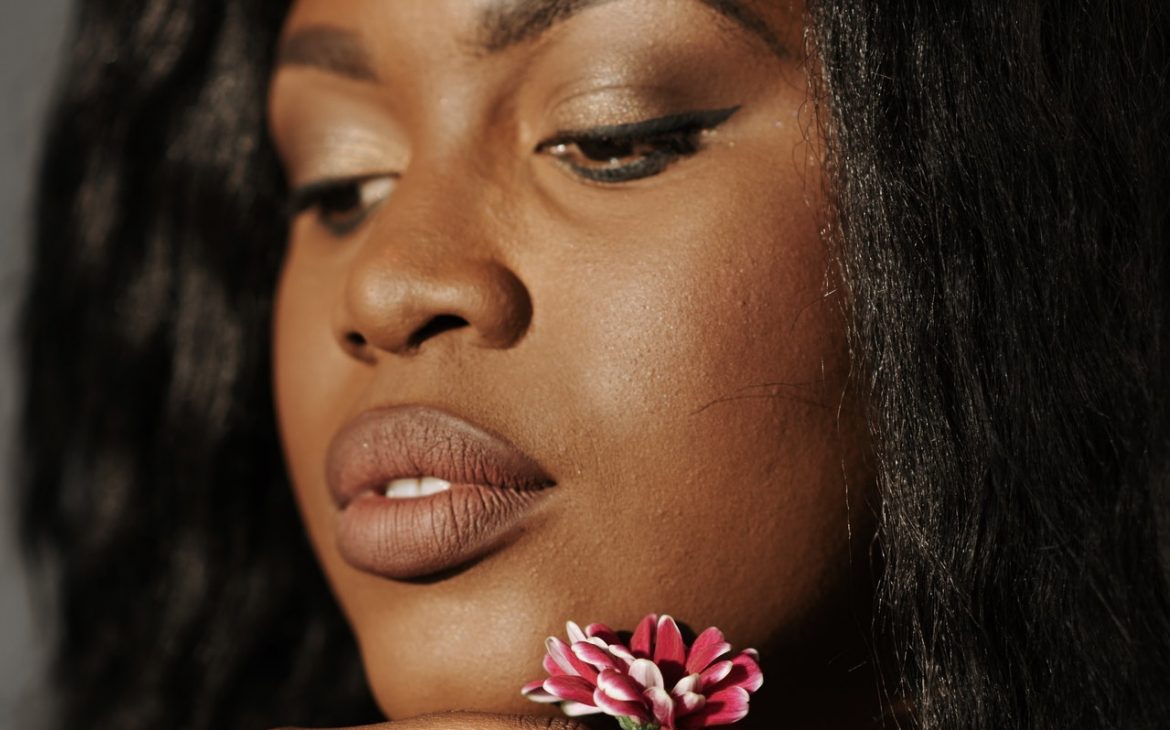5 THINGS TO DO IF HAIR LOSS HAPPENS TO YOU.

I discussed the pandemic hair loss phenomenon with Dr. Marc Roscher (MBChB/MMED – DERM) to share some solutions and professional insights with you.

We are in a state of flux, people. It has been coined Pandemic Flux Syndrome (this link is well worth the read to understand how your emotions have been affected by the cone-haired shape-shifter). It’s been almost two years now, and it’s certainly not a milestone any of us will be celebrating. Managing our stress and anxiety has become a global challenge. Find some peace in knowing you aren’t the only one – we are all feeling like the jiggled contents in our Christmas snow globe.
But how does this relate to our hair?
I met Dr when I had my advertising agency, and we have remained great friends. I love chatting about the latest in skin and hair care, and he so generously imparts his knowledge which I in turn share with you. He has recently released a science-based haircare range. The Formula range promotes hair growth and health and is much needed as he and other dermatologists experienced an unprecedented number of patients experiencing hair loss. Why? Well, because the pandemic has been (and is) highly distressing, which has led to an upsurge of the condition known as Telogen Effluvium (TE). I’m going to say up front that this is almost always temporary – so, breathe, it’s going to be ok.
TE can be sudden and is bought on by intense physical or emotional stress. It can push up to 70% of your hair into the ‘telogen’ phase of its growth cycle. Telo what? Essentially it halts growth and disconnects those hairs from their blood supply to preserve resources for more essential bodily processes. Furthermore, contracting COVID can also result in hair loss (up to 22% of patients). Enough already. I hope your cones fall off your head, COVID! How about you mutate yourself into extinction?
Anyone keen to join me and head to the forests, forage for food, live in a treehouse and face the world when it’s back to normal? Sigh.
Ok, so now that we know what’s causing the spike in hair loss, let’s explore fact VS fiction. This is essential because you need to know the RIGHT information and ignore the immense amount of false marketing promises. Dr. R shed some insightful light on the shedding.

Here are the 5 steps to follow:
1. Get the RIGHT diagnosis
There is a LOT of misinformation out there. Do not be tempted to self-diagnose. And don’t believe the marketing mumbo-jumbo – get the facts from the professionals.
Correct diagnosis is the essence of functional medicine. It determines every step after that – therapy and treatment. A misdiagnosis will mean no improvement, increase your anxiety (exacerbate hair loss) and cost an unnecessary fortune. So, what are the different forms of hair loss?
ANDROGENETIC ALOPECIA
Male or female pattern baldness affects about 50% of males over 50 years and 50% of women over 65 years. It’s caused by a combination of genetic and hormonal factors. The hairs become gradually smaller until they eventually shrink and fall out. It usually presents as a receding hairline and loss of hair from the top and front of the head in men. In women, it typically occurs at the crown of the scalp, with complete or nearly complete preservation of the frontal hairline.
It is typically diagnosed based on history, pattern of hair loss, family history, and possibly blood tests. There is no cure, but there are treatment options available.

ALOPECIA AREATA
This is a chronic inflammatory disease that involves the hair follicle. It’s caused by T-cell mediated autoimmune mechanism in genetically predisposed individuals (hereditary).
It is not gender-specific and presents as a bald, smooth patch with normal or slightly reddened skin. Short, easily extractable broken hairs (“exclamation mark hairs”) are seen at the margins of patches when the disease is in the active phase.
TELOGEN EFFLUVIUM
I’ve touched on this already as this form of loss has spiked due to COVID. TE is a physiological phase and not a disease that disturbs the hair cycle – 100 – 1000 hairs are lost daily. If the pandemic has bought on your hair loss, know that ‘this too shall pass’.
CHRONIC TELOGEN EFFLUVIUM
Impacting middle-aged women, this occurs far less frequently, fluctuates, and is more prolonged (at least six months). There is no miniaturisation of hair follicles.
TRACTION ALOPECIA
Traction Alopecia is caused by heat, chemicals, and tight hairstyles that pull at the root – including braids, dreadlocks, extensions, and weaves. Healthy hair depends on an inner cuticle with overlapping scales that keep your strands together. If they fall apart, your hair can separate, leading to damage. This causes breakage, along with other symptoms, such as frizz and dryness.
PREGNANCY
Following childbirth, large numbers of hair follicles enter the resting phase of the growth hair cycle. This can lead to increased shedding for three months post-partum.
2. GET THE RIGHT TREATMENT

FORMULA HAIR LOSS PRODUCTS (developed by Dr. Roscher – see full range pictured above)
It is important to note that all topical and oral treatments only work for as long as the treatment is continued, and effectiveness varies between individuals.
Minoxidil
This the ideal solution for males with Androgenetic Alopecia (male pattern balding). Minoxidil dramatically improves the blood supply to the hair follicles, resulting in hair growth stimulation.
Minoxidil & Dutasteride
This product is specifically used in female patients with Androgenetic Alopecia to restore female pattern (genetic) hair loss. This may also be used by males that do not want to take oral hair loss prevention tablets.
Latanoprost
This is a protein analogue that stimulates hair follicle growth. It is beneficial for acute or sudden hair loss. It re-grows thinning hair in Chemotherapy patients and those with metabolic diseases.
Lash Booster
Latanoprost – 0, 03 % is specifically designed for application to lashes to initiate rapid lash growth in most patients. Long-term use is not advised.
Surgical treatments
Hair transplantation – hair follicles are taken from the back and sides of the scalp and transplanted onto the bald areas – Follicular Extraction (FUE). A strip method is used for curly or ethnic hair. This is highly successful and safe in the hands of an expert team.
Scalp reduction – removing an ellipse from the bald area with closure by stretching the hair-baring scalp.
3. GIVE YOUR HAIR A HOLIDAY
Give your hair a break, so it doesn’t break. Experts advise that if you have braids, remove them after three months. Weaves or hair extensions should be removed after eight weeks. Relaxed or dyed hair should, where possible, be applied by a professional or avoided until hair has recovered. Heat hurts the hair, so dryers, flat irons, and so forth should be used sparingly – easier said than done for us girls but save the perfect hair for nights out on the town.
4. HEALTHY LIFESTYLE
It’s not a miracle solution, but eating the right foods contributes immensely to the health of your hair. Check out Top 10 Foods for Healthy Hair. Zinc can be helpful, and while collagen supplements are a hot debate, I have to say that collagen works wonders for my skin and hair. At the end of the day, nature knows best – so eat mindfully!
5. REDUCE STRESS
Yoga, meditation, mindfulness. Find what works for you and weave these practices into your daily life. Life has never been this unpredictable, so learn techniques that bring you peace by alleviating stress and the impact on your hair (and your overall health).
Hair loss can be highly distressing, which is precisely what you want to avoid. Try co-regulation techniques. If necessary, reach out to others experiencing the same –
Patient support groups:
https://www.alopecia.org.uk/online-groups
https://alopeciaworld.com/groups?sort=latestActivity

Sending love during these bizarrely trying times.
x
Let’s just coddiwomple
x Keryn






